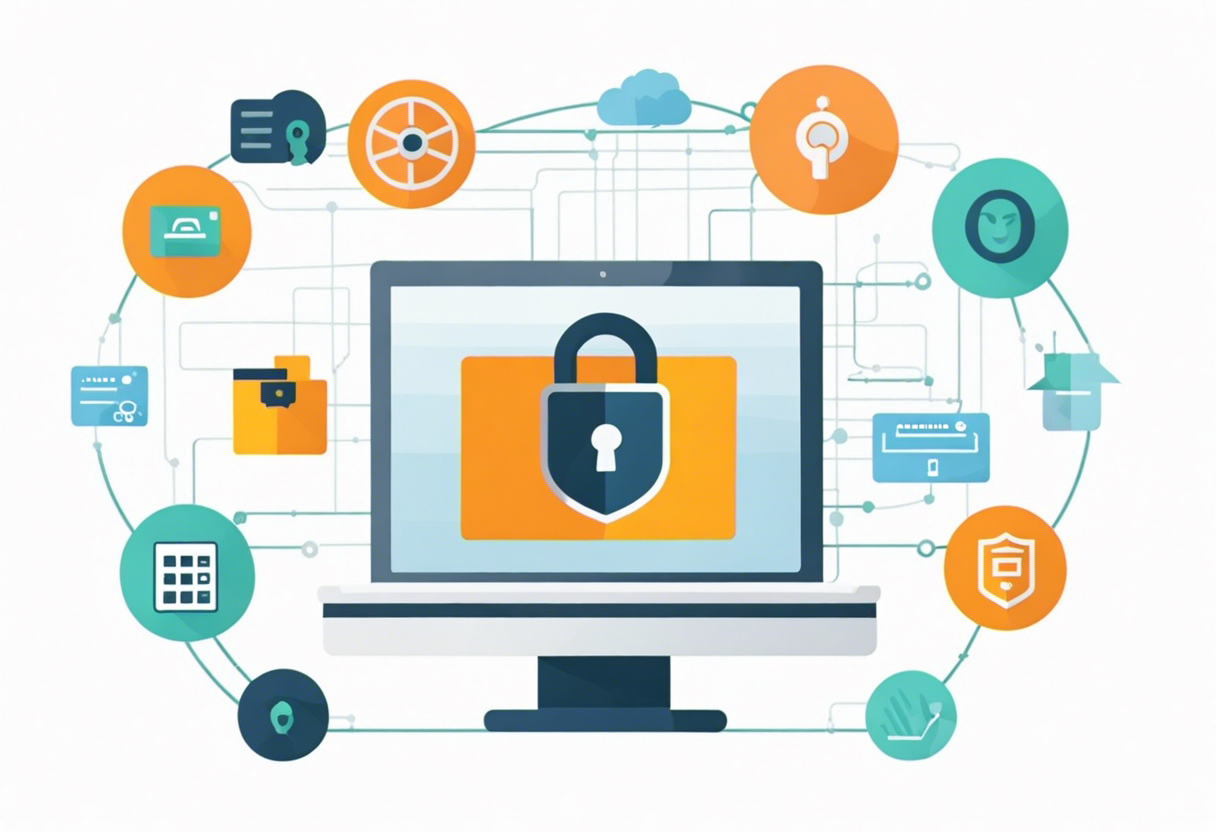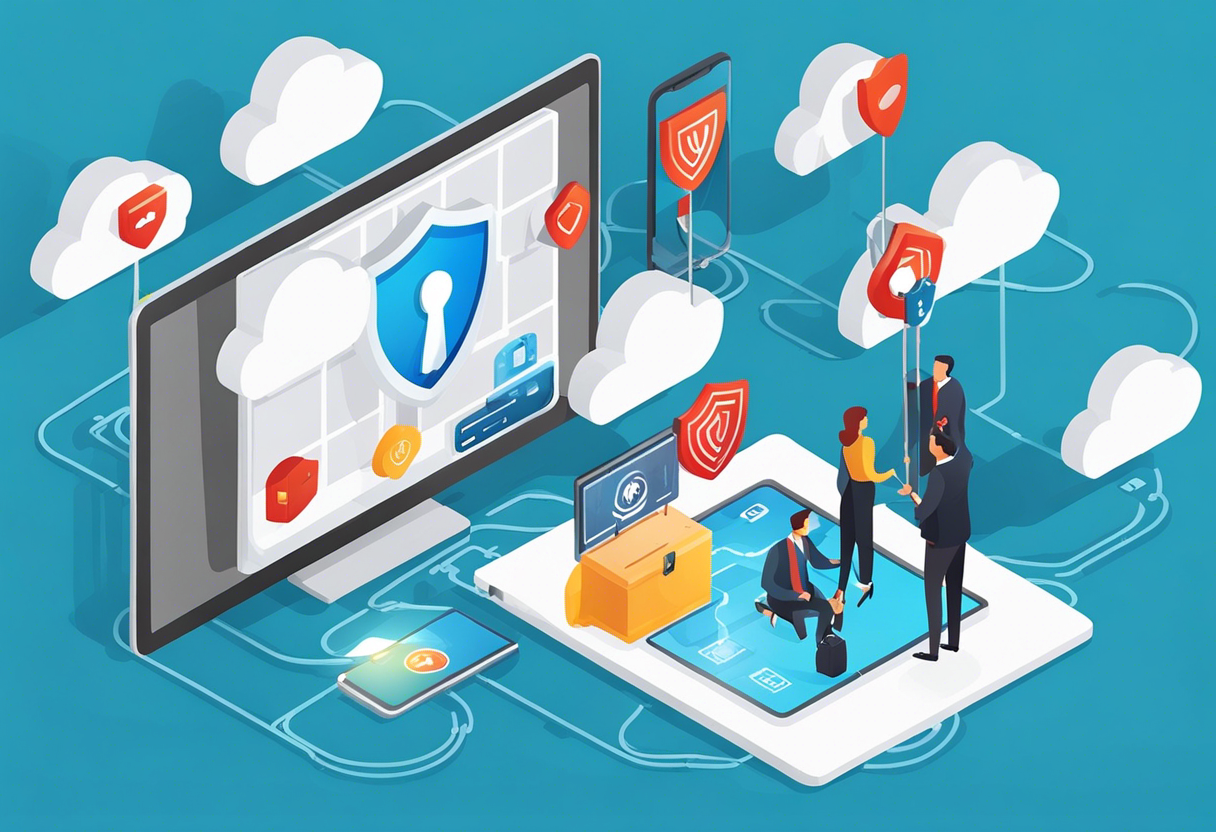Cloud Guard: The Top 5 Strategies for Ultimate Cloud Protection
Like terrestrial landscapes, the skies of the digital world are lined with clouds too – clouds of data storage repositories. But unlike real clouds, these can be hacked. Hence, the relevance of robust cloud protection measures. Cloud protection entails an array of strategies to safeguard virtual data from unauthorized access, loss, or damage. As business enterprises increasingly move data to the cloud, the urgency for enhanced safety measures gains prominence.
One of the essential aspects of achieving ultimate cloud protection is identifying potential risks and assessing their implications on the data stored. This includes, but is not limited to, understanding the vulnerabilities within the cloud system, identifying potential hackers or external threats, and forecasting potential malware attacks.
Access management refers to identifying who has access to what data and regulating this access. In simpler terms, it points to opening or closing the cloud 'doors' to specific users. A firm's access management strategy should pay sufficient attention to details like user roles, connection devices, and geographic locations.
Relentless supervision of the entire cloud system, including regular audits and constant system updates, is an undeniable part of top-tier cloud protection. These actions ensure the timely detection and patching up of vulnerabilities, thus minimizing the risk of breaches.
Emphasizing on Data Encryption

The use of data encryption is a pivotal strategy when it comes to ensuring ultimate cloud protection. Data encryption refers to the conversion of data into code, which is only accessible to those with access to a secret key or password.
The strength of the encryption often lies in the intricacy of the encryption algorithm used. Therefore, it's essential to use robust, complex algorithms that make decoding exceedingly challenging for potential threats.
Data should be encrypted both while at rest (stored data) and in transit (data being accessed or transferred). This dual layer of encryption fortifies the data security against potential breaches.
Prioritizing Backup and Recovery Plan

A sturdy backup and recovery plan always complements an effective cloud protection strategy

Regularly backing up cloud data reduces the risk of significant data loss. It ensures that an updated version of the data can be retrieved quickly if the original gets compromised.
In case of a severe breach or system failure, a disaster recovery plan can help retrieve all the lost data from the backups and bring the system back to its original state rapidly.
Implementation of Multi-factor Authentication

The addition of multi-factor authentication (MFA) adds another layer of protection to the cloud data.
Multi-factor authentication involves the use of more than one kind of user verification method. This prevents unauthorized access even if one of the authentication factors is compromised.
Regular Employee Training and Awareness Programs

The final, albeit crucial, strategy is enlightening employees about the significance of individual practices in ensuring overall cloud protection.
Regular training sessions on cybersecurity practices, like recognizing phishing attempts, creating strong passwords, and maintaining personal security while working remotely, can drastically reduce inadvertent breaches.
Probable threats and preventative measures should be communicated to the employees regularly through awareness programmes. This will keep everyone in check and encourage a proactive approach towards cloud protection.
Utilizing Comprehensive Security Software

Beyond all the mentioned strategies, it's equally essential to use reliable security software for complete cloud protection.
Using reputable antivirus and anti-malware software can detect and quarantine threats before they can cause havoc in the system.
Sophisticated threat intelligence software is now available that uses artificial intelligence and machine learning to predict, detect and respond to the threats in real-time.







